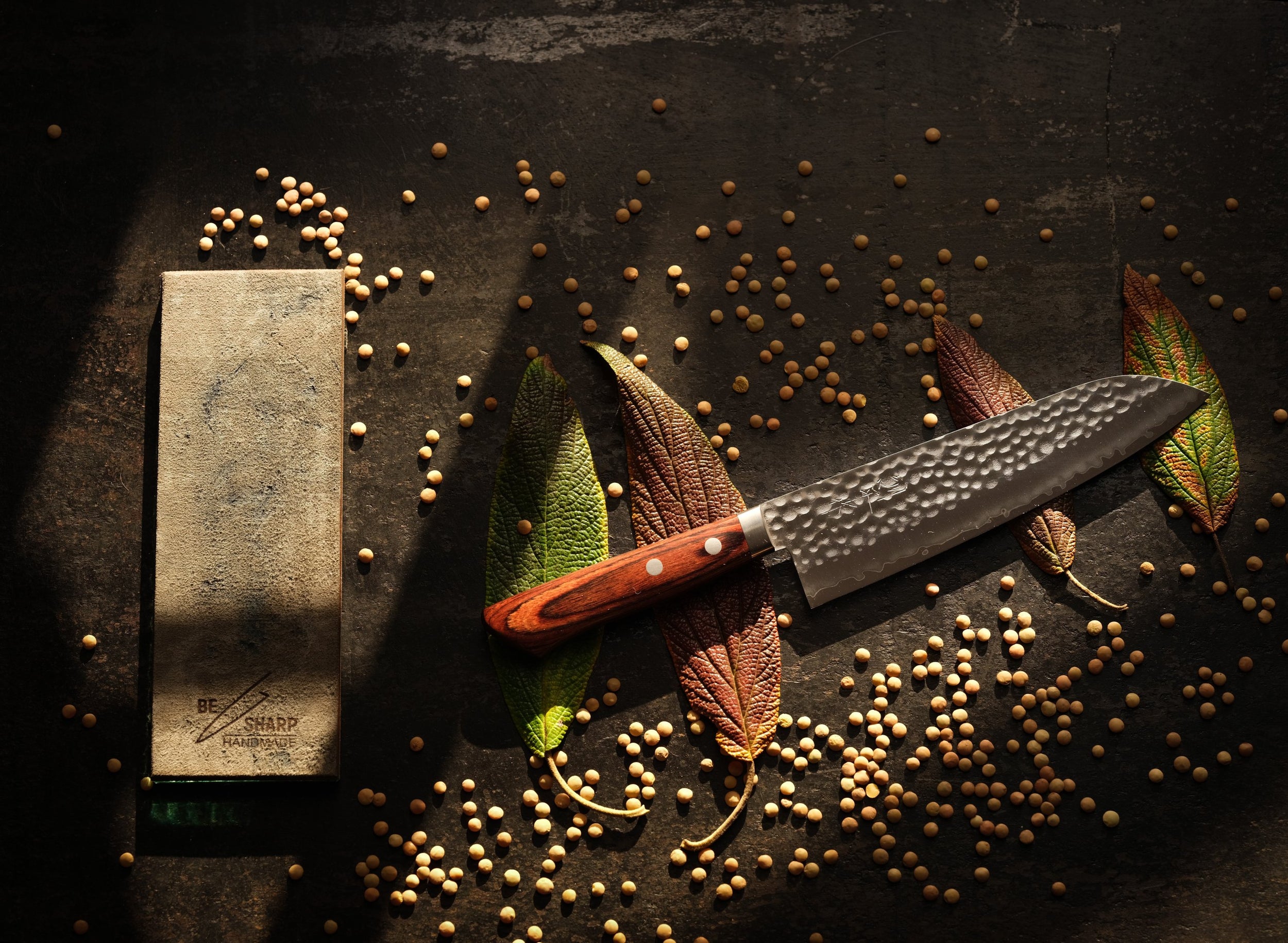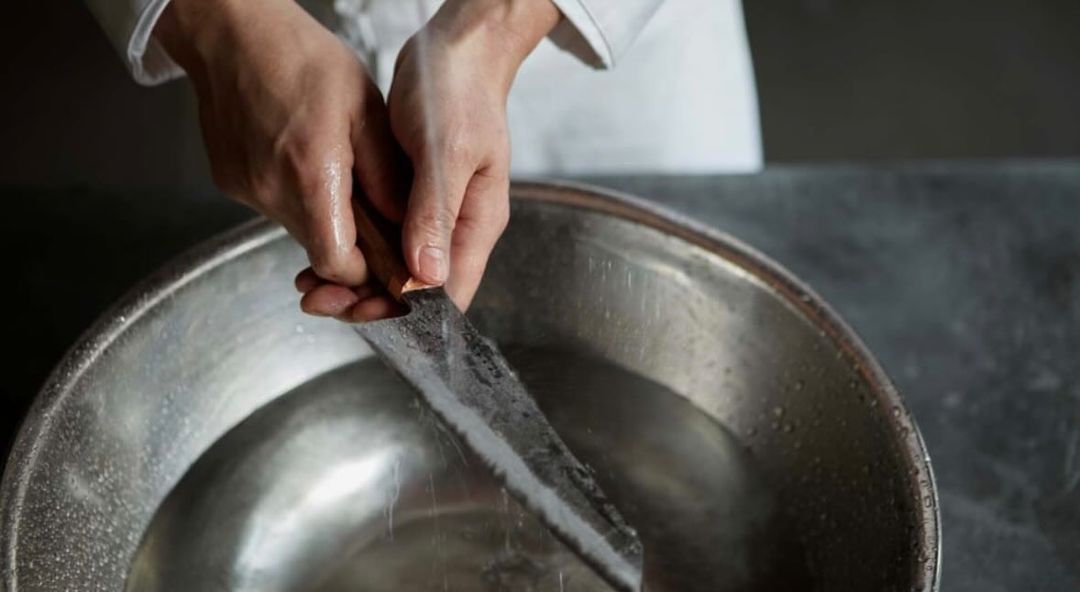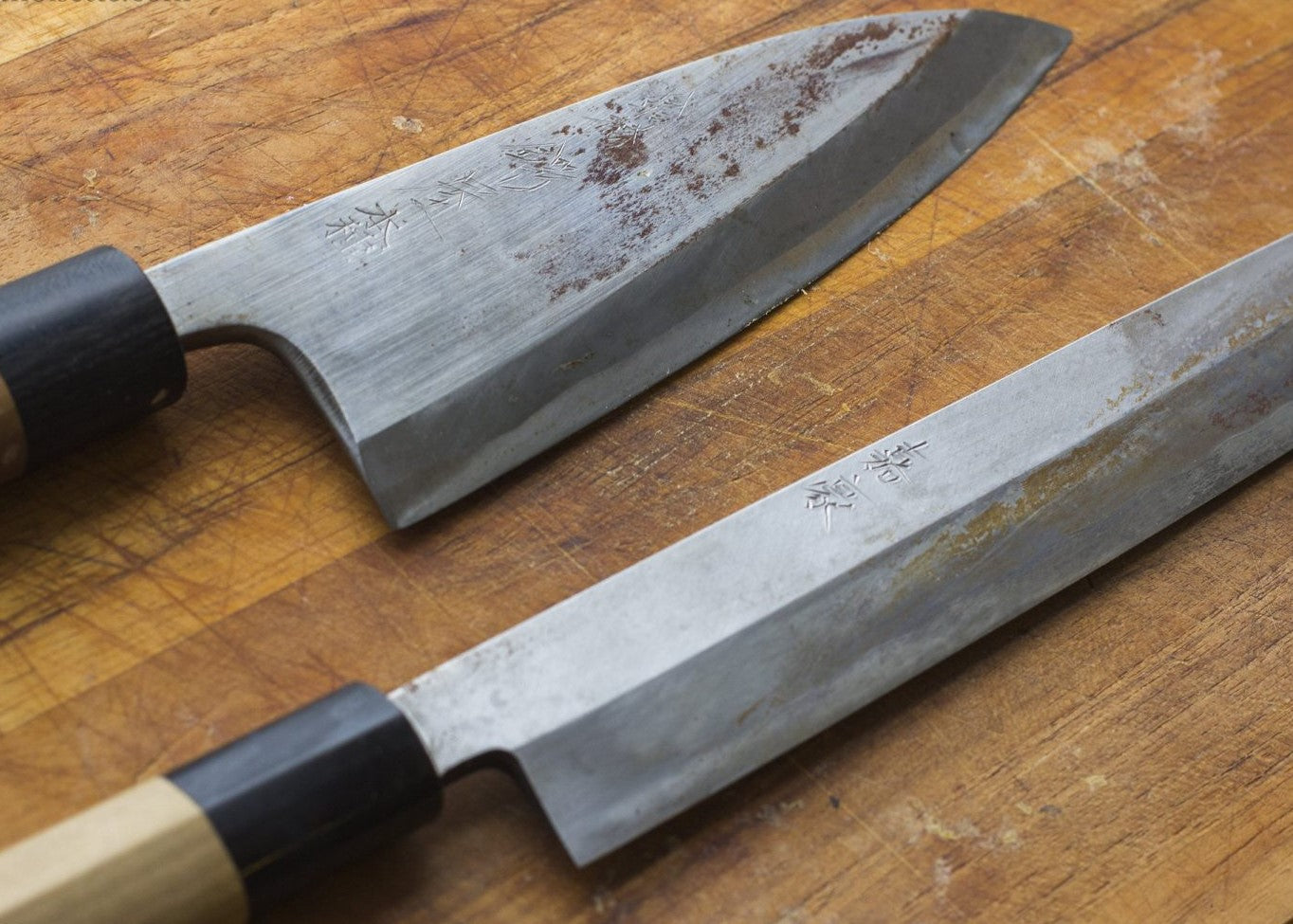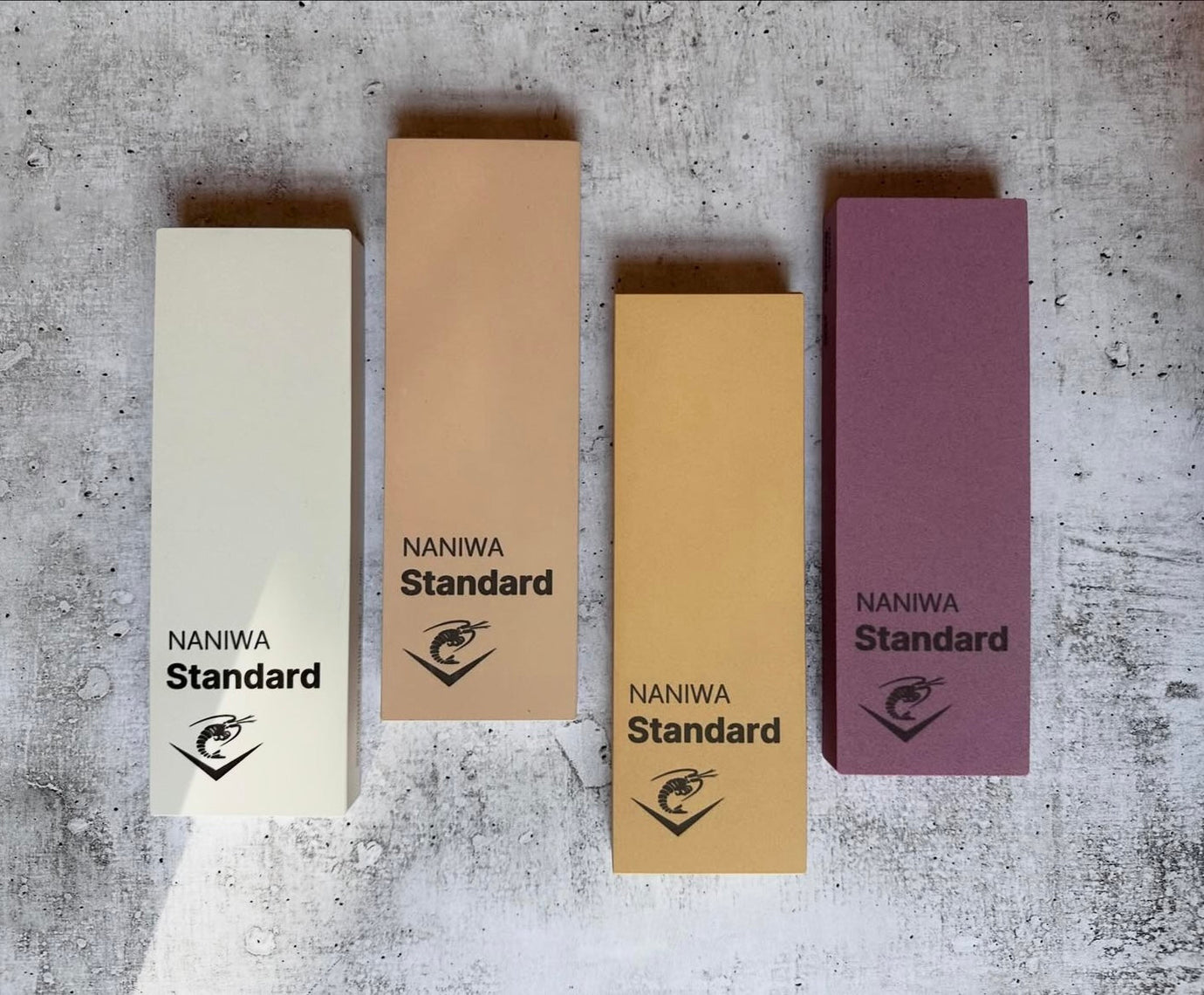From basic to surgical knife sharpness
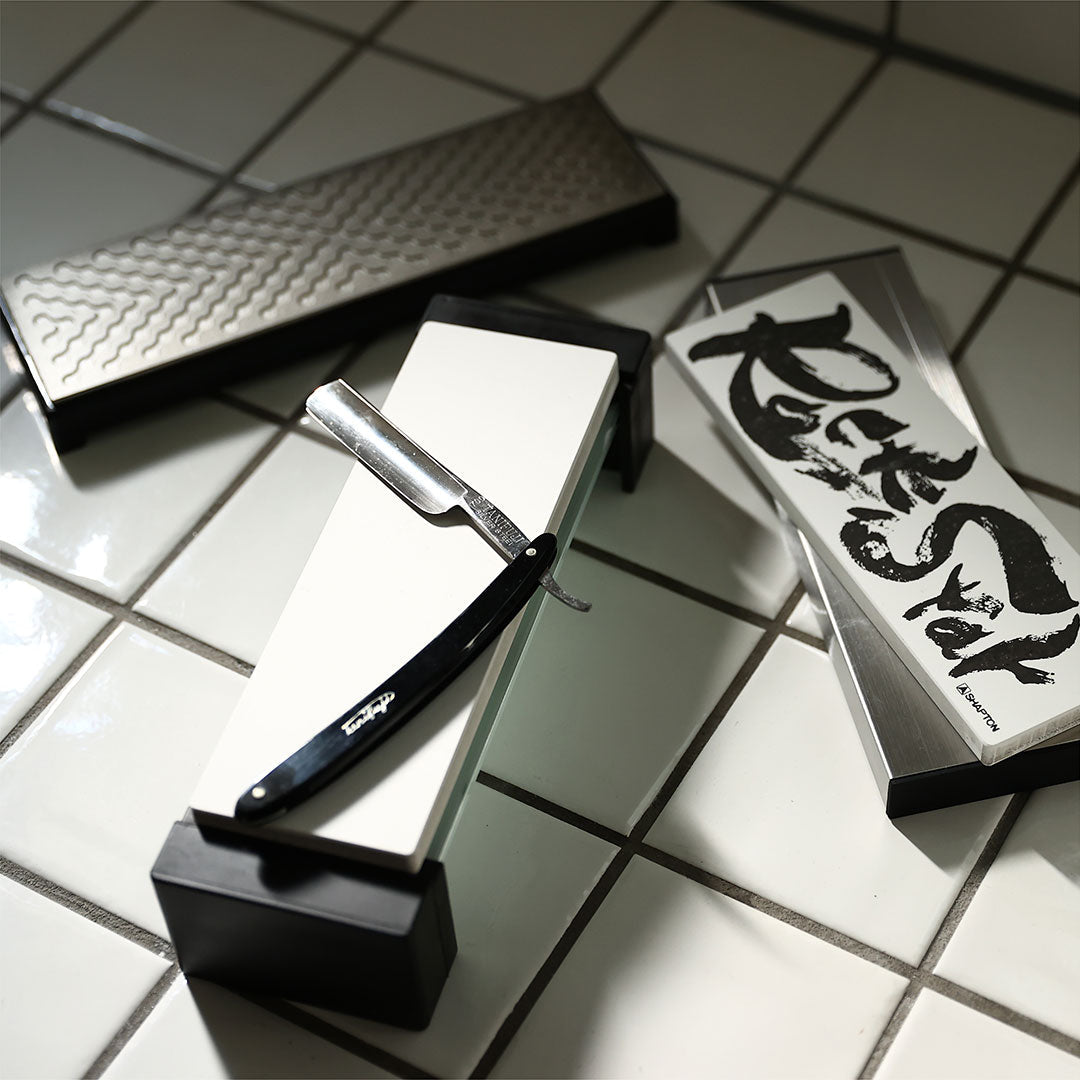
With Japanese stones, there are several levels of sharpness, each suited to different tasks. Ultimately, the choice depends on your needs and preferences. Here we will explain how to achieve the desired level of sharpness, without unnecessary complications.
Understanding sharpening
Sharpening a knife can be seen as "scratching" its blade. The rougher the scratches, the more aggressive the blade will be, but the less precise the cut. Finer scratches give a better cut quality, while the fully polished blade provides extreme sharpness, which is high maintenance.
A small note: Everything we clarify in the following text refers exclusively to knives made of higher quality steel with a hardness of 60+ HRC.
Granulation levels and their application
-
Coarse Grit (#400 to #800):
This granulation gives an aggressive sharpness ideal for outdoor knives. Such a blade "bites" materials such as string, wire and hard materials. In the kitchen, this level of sharpness is only useful for lower quality knives. -
Medium grit (#1000):
This is the most commonly used level for kitchen knives. The sharpened knife has an excellent balance between aggressiveness and finesse of the cut. It is ideal for cutting vegetables with skin (tomato, eggplant), filleting fish or chopping meat. The main advantage of this level of sharpness is its durability. -
Fine granulation (#3000):
A knife sharpened to this level slides easily across the board without sticking. It is ideal for chopping herbs, quickly cutting vegetables and high-quality protein processing. This sharpness provides an excellent balance between precision and ease of maintenance. -
Very fine grit (#6000 to #8000):
This sharpness is necessary for the preparation of food such as sushi, where the quality of the cut directly affects the end result. A knife with this blade leaves an extremely clean cut, without damaging the fibers of the food, which improves its taste. However, this level of sharpness requires regular maintenance. -
Extreme Sharpness (#10,000+):
Surgically sharp blades are achieved with this graining. It is used for razors, carving tools and other specialized needs. This sharpness is not practical for everyday kitchen use.
Important: Removing the wire on the blade
Most stones leave a thin wire on the blade during sharpening. To remove it and achieve perfect sharpness, it is necessary to use the ceiling technique on the leather ceiling or additional processing on a fine stone. We will talk about this technique in one of the following texts.
